Introduction
“The Age of Gemini is here!” – Google
Google's Gemini models have made great strides in artificial intelligence technology. They started with three versions: Ultra, Pro and Nano. And now they have improved with the 1.5 Pro, which offers better performance and can handle up to 1 million tokens at a time. They also released 1.5 Flash, a faster and more efficient model at the latest Google I/O event that took place this week.
Right now, 1.5 Pro and 1.5 Flash are available for public preview, both with the ability to handle 1 million tokens at a time. There is also a waitlist for the 1.5 Pro that can handle 2 million tokens, available via API or for Google Cloud customers.
With so many models and updates from Google, it's important to stay up to date with the latest developments. In this article, we will discuss the features, best uses, and availability of each Gemini model, giving you a clear idea of how these advanced ai tools can be used in different fields.
Why is context duration important?
Before talking about the different Gemini models, let's first understand what context length is and why it is important to have a larger context length.
In ai language models, context length refers to the number of tokens (words, phrases, or characters) that the model can consider at a time when generating responses or performing tasks. A longer context length allows the model to understand and retain more information from the input, resulting in several key benefits:
- Greater consistency and relevance: With a broader context, models can produce more coherent and contextually relevant responses. This is especially important in complex conversations or when dealing with long documents where understanding the full context is crucial.
- Improved summary: Longer context lengths allow for better summary of long texts, capturing more nuance and detail, leading to more accurate and complete summaries.
- Better handling of large texts: Models with extended context lengths can process larger chunks of text in one go, making them more efficient for tasks such as document analysis, code generation, and multi-turn dialog systems.
- Reduced fragmentation: When the context length is short, information may need to be broken down into smaller pieces, which can break the flow and make it difficult for the model to maintain continuity. Longer context lengths reduce this problem.
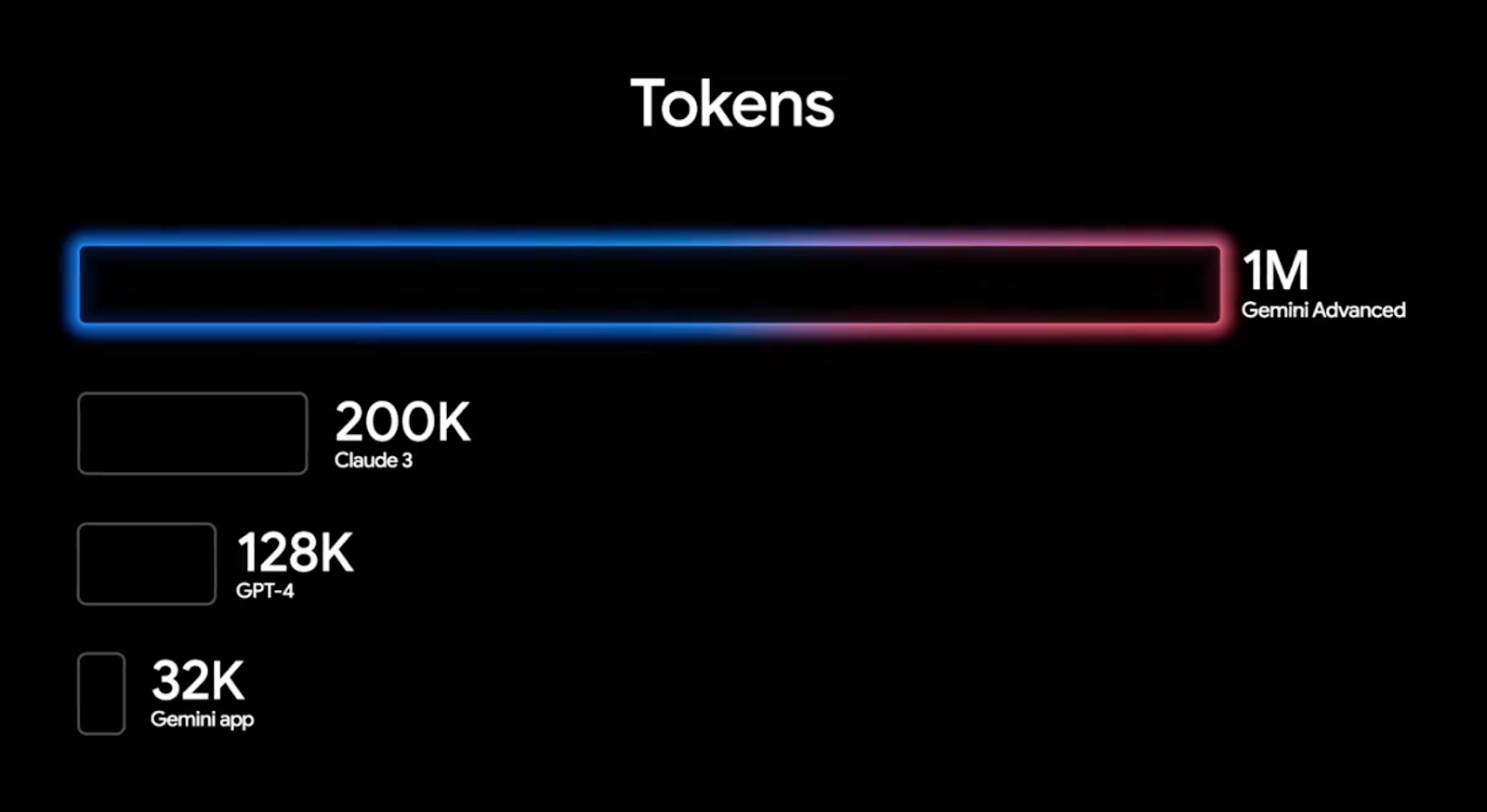
In the image above you can see the context lengths of different models, showing the significant advantage of the Gemini 1.5 Pro's 1 million token context window over others like GPT-4 and Claude 3.
Google Gemini Models Overview
| Model | Characteristics | Ideal use cases | Availability |
| Ultra | More capable, handles complex tasks | Research, large-scale data analysis. | Limited access |
| Pro | Balanced, versatile performance | General Purpose ai Applications | Public preview |
| Flash | Light, fast, efficient | Real-time applications, low latency tasks | Public preview |
| elder brother | Compact, efficient, on the device | Mobile devices, resource-limited environments | Coming soon to Pixel devices |
Check out Google I/O 2024 highlights: Major Gemini 1.5 Pro updates, new models, Gen ai for search, and more
Gemini Ultra
Gemini Ultra, the most powerful and complex model in the Gemini family, is built on a transformer-based architecture with a huge number of parameters, probably in the trillions. This allows you to capture intricate patterns and relationships in data, leading to unparalleled performance on complex tasks.
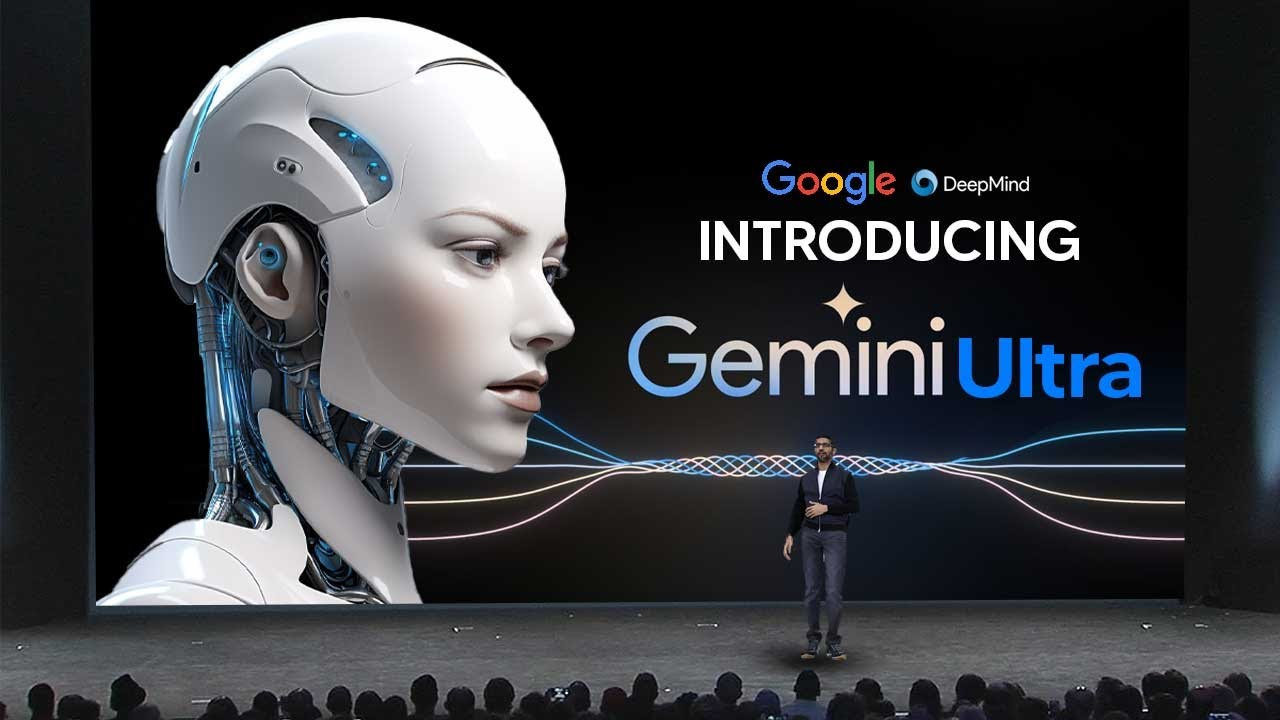
Key Features
- Advanced reasoning: Gemini Ultra excels at complex logical reasoning, understanding complex concepts, and drawing nuanced inferences.
- Multimodal domain: It seamlessly integrates text, image and audio processing, enabling the generation of high-quality images and videos from text prompts, audio transcription and even musical composition.
- Deep understanding of language: You understand the nuances of human language, including idioms, metaphors, and cultural references, allowing you to generate contextually relevant, coherent, and engaging text.
Ideal use cases
- Cutting-edge research: Gemini Ultra is primarily used in research and development to push the boundaries of ai capabilities.
- High performance applications: It is also suitable for demanding applications that require exceptional precision and nuance, such as medical diagnosis, scientific research, and complex data analysis.
How to access Gemini Ultra?
Due to its immense size and computational demands, Gemini Ultra is not publicly available. Access is typically restricted to select researchers and developers working on cutting-edge ai projects, often in collaboration with Google.
Professional Gemini
A robust and balanced model, Gemini Pro strikes an optimal balance between performance and computational efficiency. It typically has hundreds of billions of parameters, allowing it to handle a wide range of tasks with impressive skill.
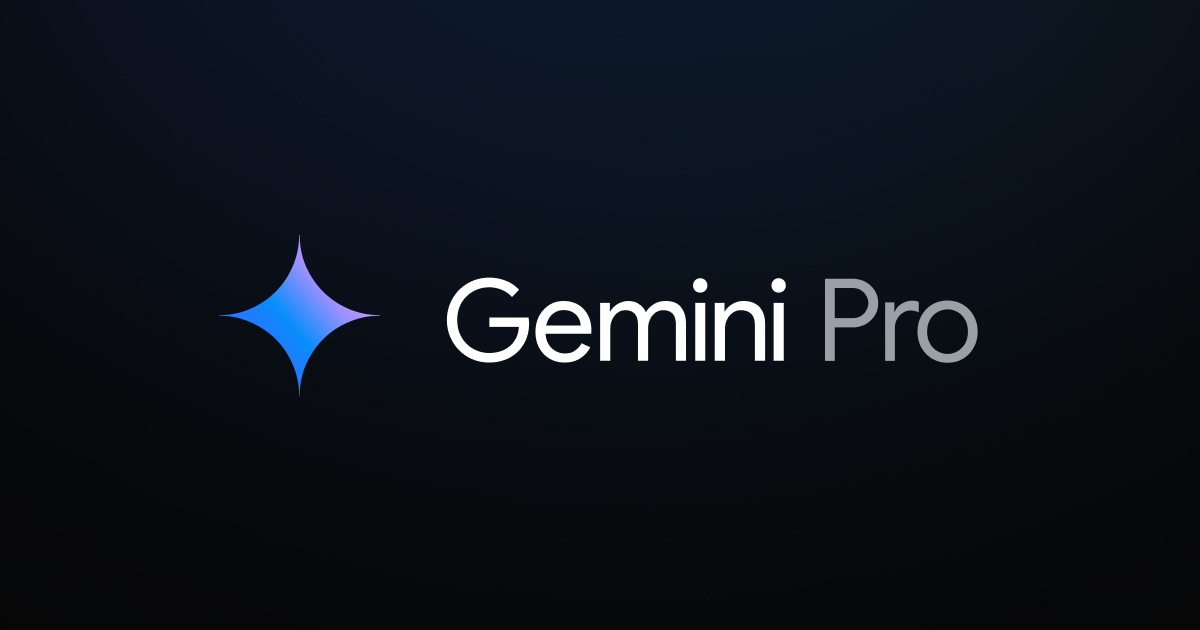
Key Features
- Multimodal competition: Gemini Pro demonstrates strong capabilities in text, image and audio processing, making it versatile for various applications.
- Excellence in Natural Language Processing (NLP): Excels in NLP tasks such as chatbots, virtual assistants, content generation, translation and summarization.
- Computer vision skill: He is an expert in image recognition, object detection and image captioning.
Ideal use cases
- Business applications: Gemini Pro is ideal for a wide range of business applications, including customer service automation, content creation, and data analysis.
- Consumer products: It can power intelligent personal assistants, improve search engine capabilities, and create engaging user experiences across various consumer products.
How to access Gemini Pro?
Google has made Gemini Pro available through two main channels:
- ai.google.dev/aistudio” target=”_blank” rel=”noreferrer noopener nofollow”>Google ai Study: A collaborative development environment where users can experiment and tune Gemini Pro for their specific needs.
- ai” target=”_blank” rel=”noreferrer noopener nofollow”>Vertex ai: Google Cloud's machine learning platform, where developers and enterprises can leverage Gemini Pro for production-scale ai applications.
Gemini Flash
Gemini Flash is designed for speed and efficiency, making it ideal for applications that demand real-time responsiveness. It has fewer parameters than Ultra or Pro, but makes up for it with ultra-fast inference capabilities and optimized algorithms.
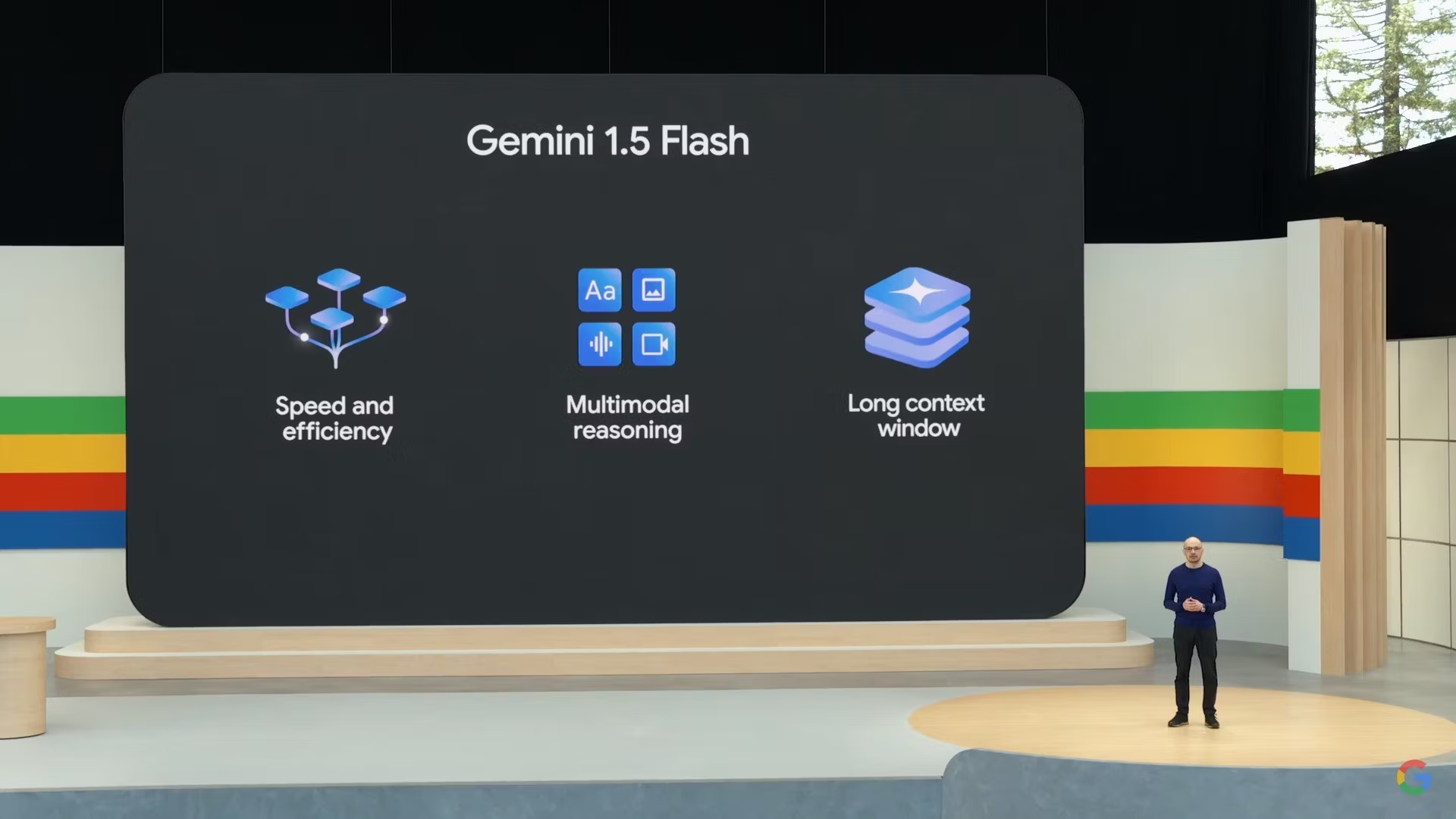
Key Features
- Real-time interaction: Gemini Flash excels in real-time interactions such as live chatbots, interactive games, and on-the-fly content generation.
- Low latency tasks: It's ideal for tasks that require quick responses, such as language translation, image captioning, and speech recognition.
- Efficient use of resources: Its smaller size and lower computational demands make it more accessible for deployment in resource-limited environments.
Ideal use cases
- Real time applications: Gemini Flash is ideal for applications that require immediate responses, such as live chatbots, interactive games, and real-time language translation.
- Edge computing: Its efficiency makes it suitable for deployment on edge devices, enabling ai capabilities in IoT devices, wearables, and mobile applications.
How to access Gemini Flash?
Like Gemini Pro, access to Gemini Flash is granted through Google ai Studio and Vertex ai, allowing developers to take advantage of its speed and efficiency for their projects.
Also Read: The War of the Pre-AGI Era: Google Astra vs GPT-4o
Gemini Nano
Gemini Nano is the smallest and lightest model in the Gemini family, designed specifically for device applications. It has the fewest parameters, optimized for minimal resource consumption and efficient execution on mobile devices.
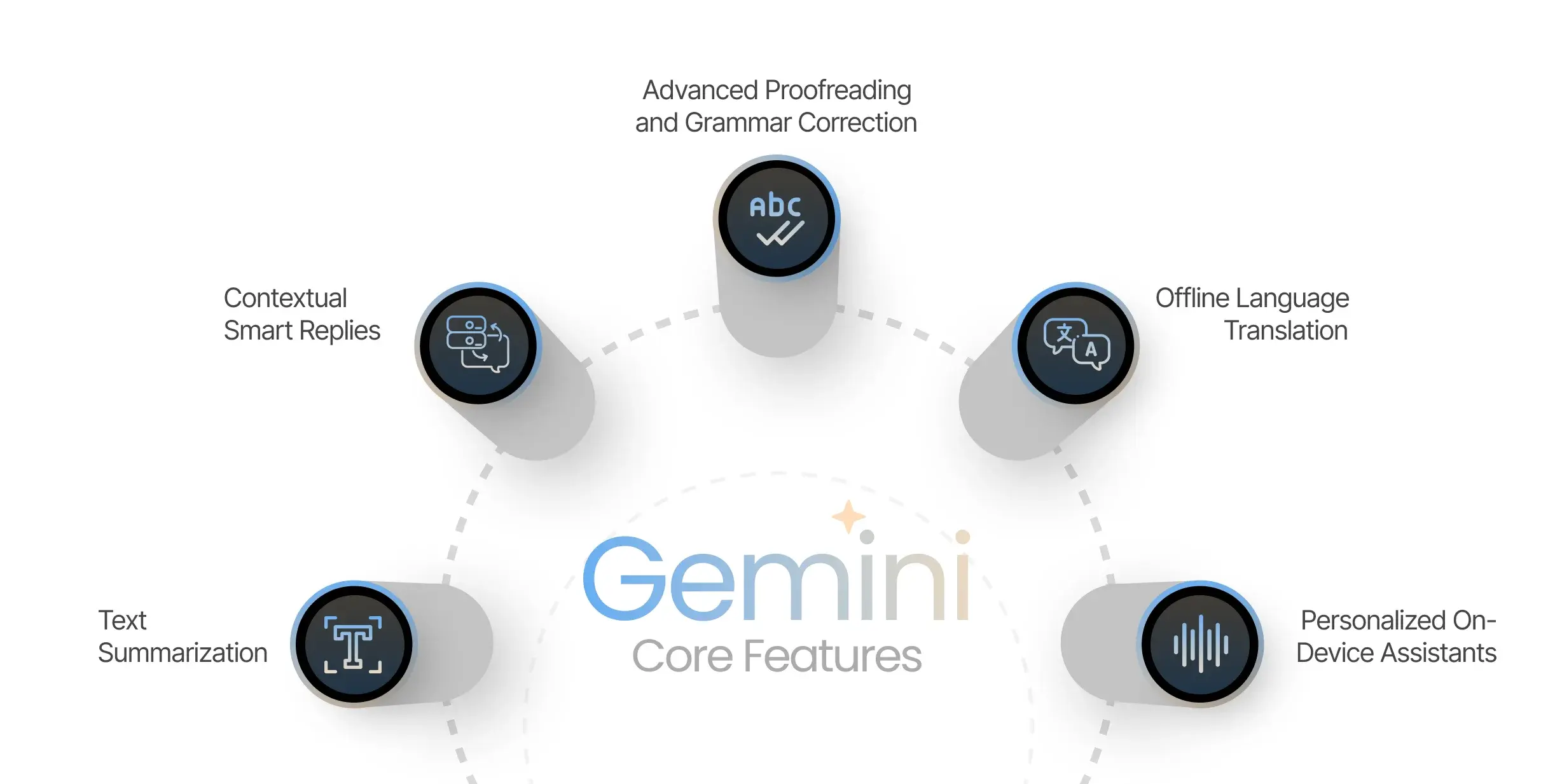
Key Features
- Intelligence on the device: Gemini Nano brings ai capabilities directly to mobile devices, enabling features such as voice assistants, image processing and real-time language translation without the need for cloud connectivity.
- Privacy & Security: On-device processing improves privacy and security by keeping sensitive data local.
- Energy efficiency: Its small size and optimized design contribute to lower energy consumption, extending the battery life of mobile devices.
Ideal use cases
- Mobile apps: Gemini Nano is ideal for powering ai features in mobile applications, such as voice assistants, smart cameras, and personalized recommendations.
- Portable devices: You can enable ai capabilities in wearable devices like smartwatches and fitness trackers.
How to access Gemini Nano?
Gemini Nano is not yet publicly available, but Google has announced its imminent arrival on Pixel devices later this year. This will give Pixel users on-device ai capabilities, enhancing features like voice assistants, image processing, and real-time language translation.
Conclusion
Google's Gemini models have shown how much ai technology can improve. Each model is designed for different needs, from the powerful Gemini Ultra for advanced research to the fast and efficient Gemini Flash for real-time tasks. Gemini Pro offers a great balance for many uses and Gemini Nano brings ai features to mobile and wearable devices.
We've looked at the features, best uses, and availability of each Gemini model. These ai tools can make a big difference in many areas, whether you are a researcher, developer, or business.
As Google continues to innovate, the Gemini series will continue to bring new possibilities and make advanced ai more accessible to everyone.
Let us know which Google Gemini model is your favorite in the comments section below!
For more articles like this, explore our blog section today.
 NEWSLETTER
NEWSLETTER






